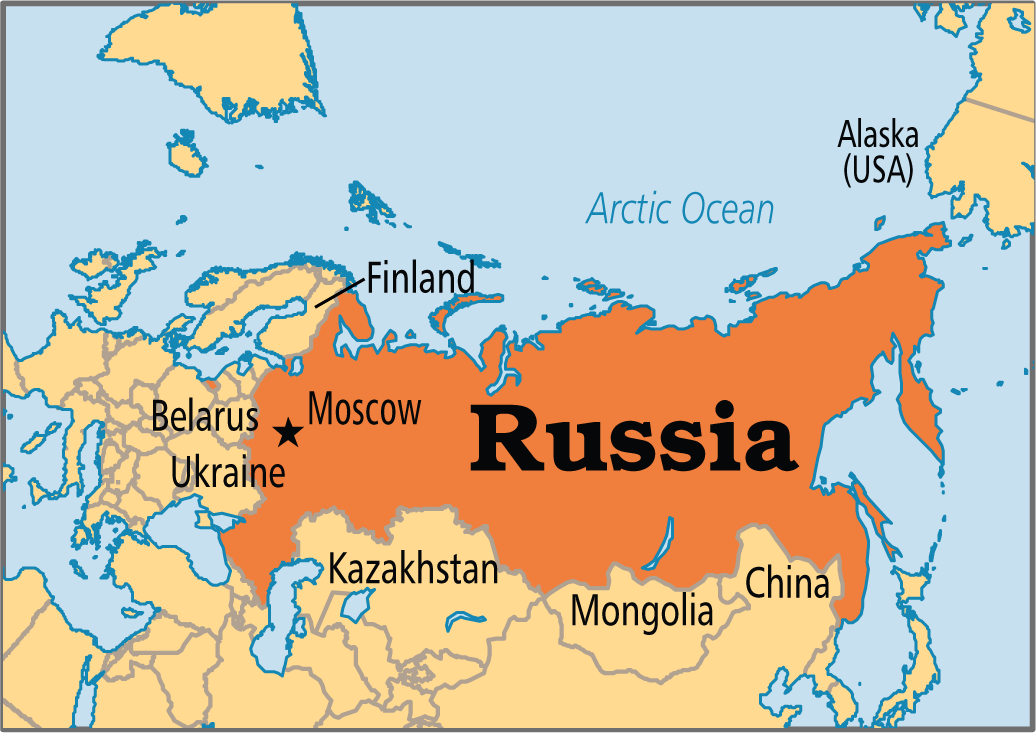WASHINGTON POST ARTICLE
There’s no way around it: The deaths of seven high-ranking Russian diplomats in nine months (and not one after a prolonged illness) play into conspiracy theories and one of America’s favorite tropes, the Russian hit job.
With yet anohttps://www.washingtonpost.com/news/worldviews/wp/2017/08/24/the-russian-diplomat-found-dead-in-his-pool-in-sudan-is-the-seventh-to-die-since-november/?utm_term=.a63382865a7cther announced Wednesday, the list grows, and the head-scratching intensifies. That Russia’s ambassador to Sudan was found floating in his swimming pool adds to the intrigue, but on further investigation, as with many of the other deaths, it could just as well point the opposite way. Are we confusing coincidence with conspiracy?
Ambassador Mirgayas Shirinskiy was in his 60s. Russian state-run news said that he manifested signs of an acute heart attack and that Sudanese police had ruled out any assassination attempt. The explanation is plausible, of course, and buffeted by demographic trends. The average life expectancy of a Russian man is mid-60s. Heart disease is a leading cause of death in Russia, as it is in most places.
Vitaly Churkin, who was Russia’s ambassador to the United Nations, also died of an apparent heart attack in February, on the eve of his 65th birthday. Russia’s ambassador to India died of heart failure a few weeks before Churkin; he was 67. That month, Russia’s head consul at its embassy in Greece was found dead in his residence, which showed no signs of a break-in; he was 55. All apparently died suddenly, or after the brief onset of illness. Not much investigative digging has been done over these deaths, and none may be necessary.
The assassination of Russia’s ambassador to Turkey in December seemed pretty straightforward. He was shot point-blank by a man ranting about Russia’s involvement in Syria.
Details about the last two deaths are murkier and more violent. They more closely mirror deaths that have provoked conspiracy theories, even in Russia, such as that involving Oleg Erovinkin, a former chief of the KGB intelligence agency, who is thought to have helped a British spy compile an explosive dossier on President Trump.
Petr Polshikov, who once worked in the Russian Foreign Ministry’s Latin America division, was found shot in the head in his bathroom. Sergey Krivov, a “consular duty commander” in New York whose responsibilities would’ve included “prevention of sabotage” and blocking “attempts of secret intrusion,” was found unconscious on the floor of the consulate, with initial reports indicating that he’d fallen from a great height. Russian officials quickly claimed that he had suffered a heart attack.
“There are simply a lot of really weird coincidences in this world,” said Rolf Mowatt-Larssen, an expert on intelligence and defense at the Harvard Kennedy School who served in the CIA for 23 years, including as the agency’s chief of operations in the Europe division. “That said, I think there’s a story here that deserves deeper investigation.”
“It is indisputable that [President Vladimir] Putin operates outside the rule of law. Even historically speaking, Russian agents would be disappeared if they were compromised by moles from within the U.S. establishment. I’m not saying that’s happening with these diplomats, but it’d be a huge story if it was true,” Mowatt-Larssen said. “Even in the Russian context, eliminating a diplomat is rare. Then again, Putin might love the fact that his diplomats are fearful of him — he might find that quite convenient.”
In March, soon after Churkin’s death, my colleague Philip Bump took on the subject of coincidences and Russian diplomats dying. He cited a 2002 article by Lisa Belkin that explored humans’ propensity to see trends (and thus conspiracies) when there really were easily explicable and natural occurrences at hand.
The article cites a proliferation of theories surrounding the deaths of microbiologists in 2001, soon after a major anthrax scare. “What was depicted as evidence of a plot to eliminate key researchers was actually evidence of our predisposition to look for such plots,” Bump wrote. Furthermore, “as a Stanford statistician said to Belkin, assuming that the population of the U.S. was 280 million, ‘280 times a day, a one-in-a-











































